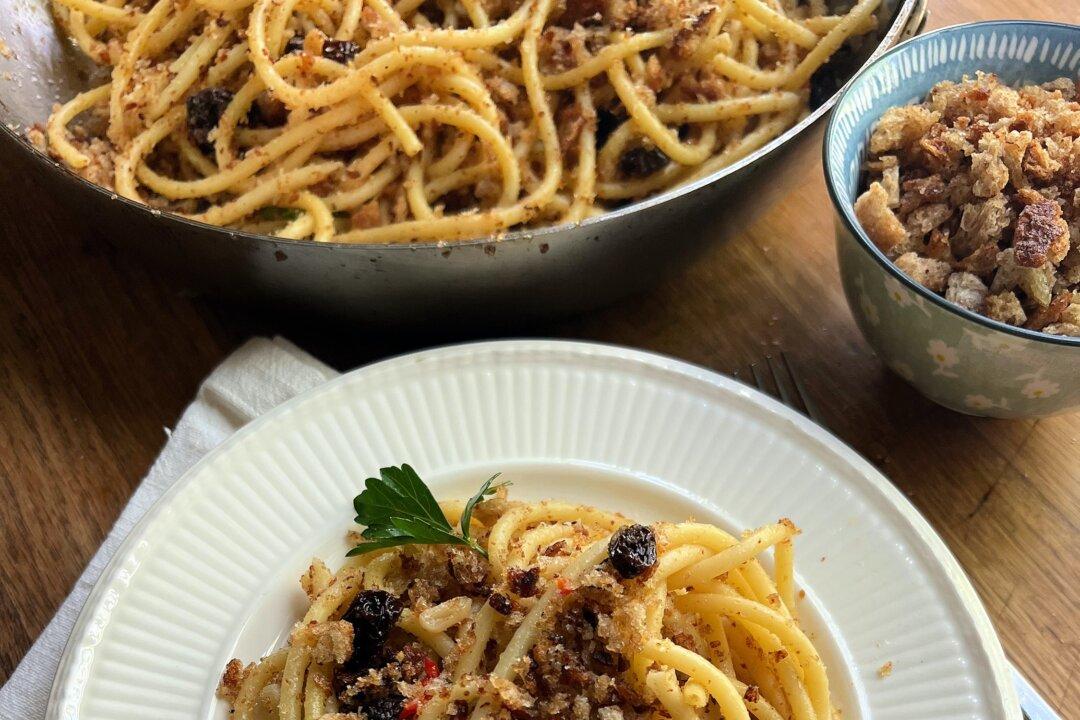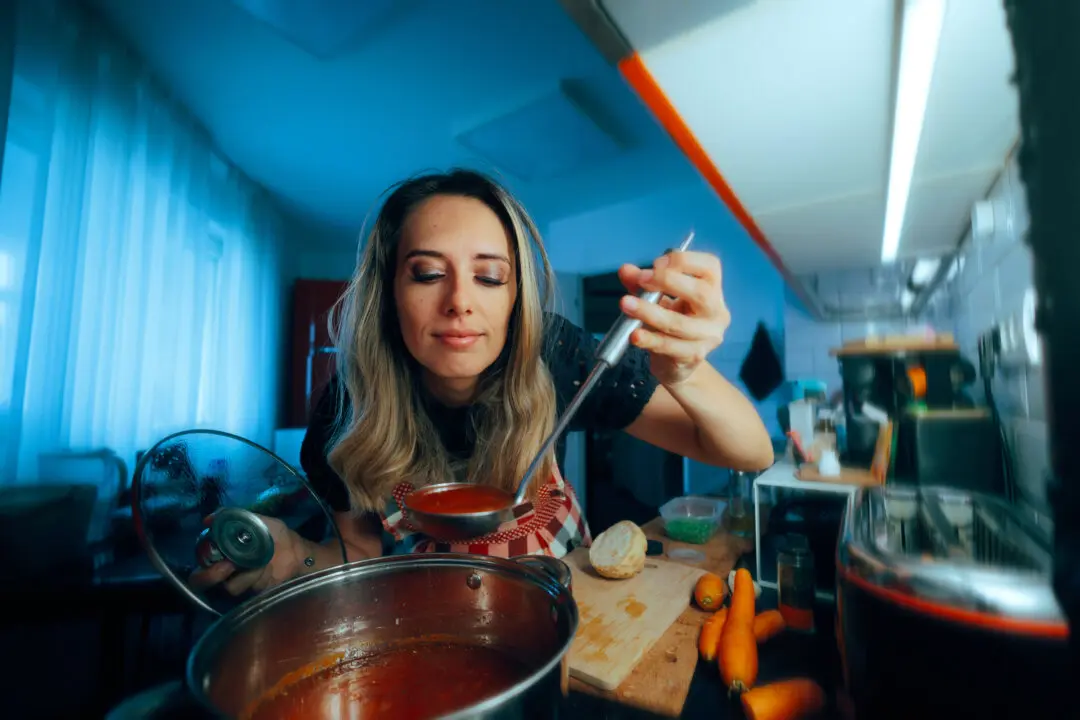May 2—During the early days of the pandemic, when everyone seemed to start baking bread at home, I began to wonder.
Old-school and artisan bakeries produce really excellent bread. Why not just buy it, as people have done for generations?
I understand the whys of the bread baking obsession on some level: Bringing a piece of starter to life is a cool pursuit, and the mixing, proofing, rolling and kneading of bread dough can be deeply satisfying — meditative, even — once you get the hang of it.
Problem is, even after many tries, bread baking is often an exercise in frustration. It takes way too much practice, precision and patience to turn out a loaf with a crisp crust and a soft, springy interior, so leave me to my cookies and quick breads.
If you can relate, you have a friend in James Beard Award-nominated bread maker Rick Easton, whose much-anticipated new cookbook, “Bread and How To Eat It” (Knopf, $30), just hit store shelves. Co-written with former Post-Gazette dining critic Melissa McCart, it’s a guide for home cooks who want to make the most of bread at every stage of its life cycle.
That includes when it’s days old and this side of stale, and perfect fodder for making one of the simplest and most utilitarian ingredients in a kitchen: breadcrumbs.
Nearly all of its 70-plus recipes, in fact, focus more on what to do with bread once you bring it home from the bakery than how to make it.
There are topping suggestions for slices — ricotta and whipped salt cod are stars, and it’s also ideal for French toast. There are thoughts on sandwiches — mortadella, Easton writes, makes arguably the “greatest bologna sandwich of all time” — and advice on what to do with pieces of old bread, which includes making croutons.
You'll also find several pasta and meatball recipes, and simple dishes to eat with bread, including eggplant and purslane salads and greens and beans. Breakfast cereal and sweets make an appearance, too.
“Personally, I think people who bake bread at home are nuts,” Easton, who grew up in Washington County, says in the book’s introduction. “It’s time-consuming. It’s inefficient. Home ovens aren’t designed to bake bread.”
Never one to mince words, he likens it to riding a bike on bent rims: “You can do it, but most of us wouldn’t.”
So the three not-so-simple recipes for bread, biscuit-like friselle and pizza dough he includes in the book? Good luck, if you’re a beginner.
“If Rick had his way, there would be no baking at all in the book,” says McCart, now editor of Eater NY. “But people want to bake so we needed a few recipes.”
Everything else in the cookbook “is how we eat at home, and how he cooks for the bakery,” says McCart — simple, with an emphasis on quality ingredients and thoughtful preparation.
Easton entered Pittsburgh’s food scene in 2013 and in January 2015 opened the popular bakery and restaurant Bread and Salt in Bloomfield. A year later, after being named a James Beard Awards semifinalist for Outstanding Baker, he closed the bakery and moved to New York City, where he made pizza and sandwiches at various pop-ups and restaurants while he figured out his next move.
It came in 2019, when he opened a new iteration of Bread and Salt Bakery in the Heights neighborhood of Jersey City. He quickly earned a buzz for his square, Roman-style pizzas, sandwiches, pastas, Italian pastries and not-bread dishes such as meatballs, fava beans and salads. Many days, the line stretches out the door at lunchtime, “without booze!” McCart says.
The couple first pondered a cookbook in 2015 and even sold the idea to a publisher. But there were so many cutbacks during the process that the project was shelved.
When home baking became a thing during the first months of the pandemic, Knopf picked up where the other publisher left off. The redesign took six months. After reframing the book, the pair re-edited what they'd previously written, and fine-tuned and tweaked the recipes.
Because Easton wanted it as minimalist as possible, they also decided to style and photograph all the recipes in Bread and Salt’s kitchen and restaurant, 10 at a time, instead of working with a stylist in a studio.
“So it looked like his Instagram feed,” says McCart.
The result is a book that’s as appetizing for the eye as it is for a hungry belly. Photographer Johnny Fogg’s four-page montage of Easton breaking open snack-sized suppli, a type of rice ball, is especially drool-worthy.
Other than the bread recipes, the book is totally accessible for even a beginning cook. Reading it, you'll feel like you’re sitting around the kitchen table listening to a trusted but sometimes cranky and often funny friend.
“Rick has such a clear and definite way of speaking,” McCart says, so some things were softened. “But I tried to ensure it was his voice.”
Most of the dishes have deep roots in southern Italy and Sicily, where the self-taught baker has traveled extensively. Really old Italian recipes from the 19th century, especially those of Pelligrino Atrusi, who wrote what’s known as the Gospel of Italian cooking in 1891, “have always been his thing,” says McCart, in part because he grew up reading history. (Both his parents are professors at Washington & Jefferson College in Washington, Pennsylvania.)
“But he’s always tweaking them. One day it’s this way, and the next day maybe a little different.”
Some were dictated from handwritten notes Easton jotted on butcher paper; others were developed from a list the couple scribbled on the back of a napkin for the book pitch.
Whatever the genesis, they all drive home the same point: Whether you’re baking your own or not, bread should not be an afterthought.
“Customers often don’t know what to do with bread, and how to treat it, so we wanted to write something the help them,” says McCart.
In these tough economic times, “Bread and How to Eat It” is also a manifesto for anyone who wants to cook better with fewer ingredients. “If you’re using bread to extend the life of a dish, it kind of saves you money,” she says.
Their recipe for bread meatballs — made with stale bread soaked in milk — is a classic example.
One little section that’s quite important, McCart adds, instructs on how to slice and store your bread (never in plastic!) and the importance of developing a relationship with a baker.
“Just find a local one, and go often,” she says.
And if you happen to find yourself in Jersey at his bakery? A friend from Superiority Burger recently gave Easton a gelato machine, so now the baker is experimenting with what McCart calls “old man” flavors of the frozen dessert like chamomile and a wildly popular fennel, “which we just love so much!”






